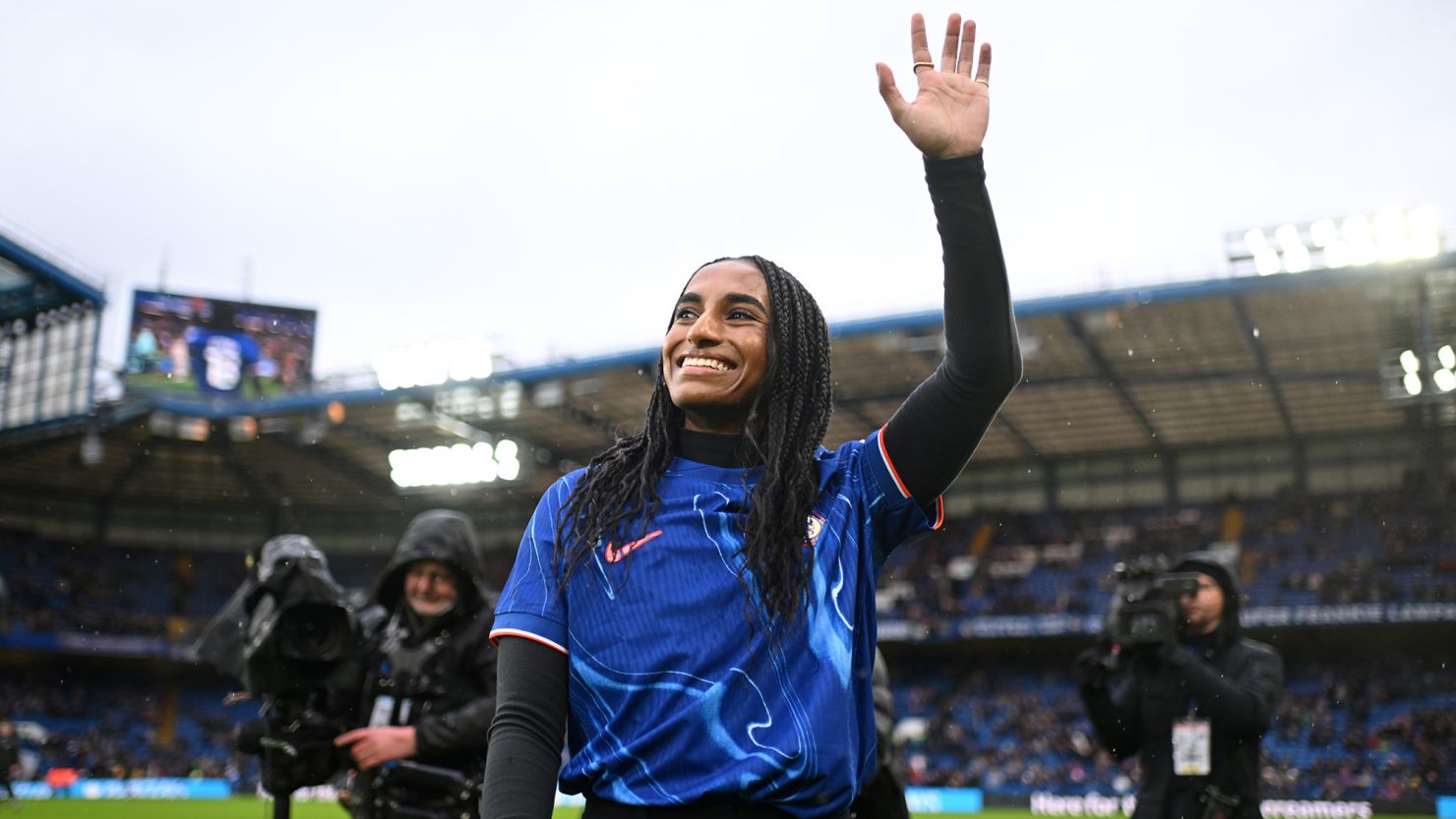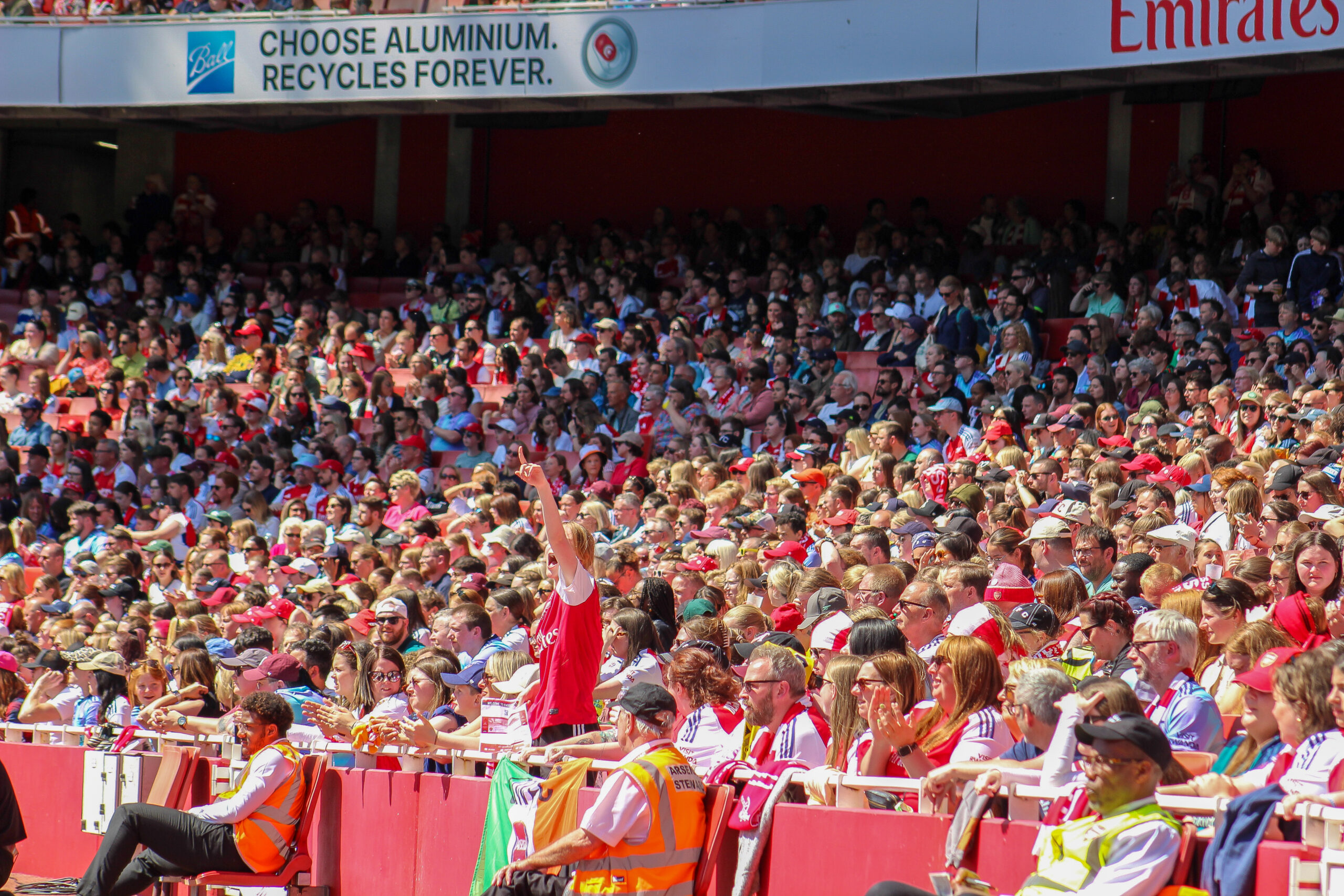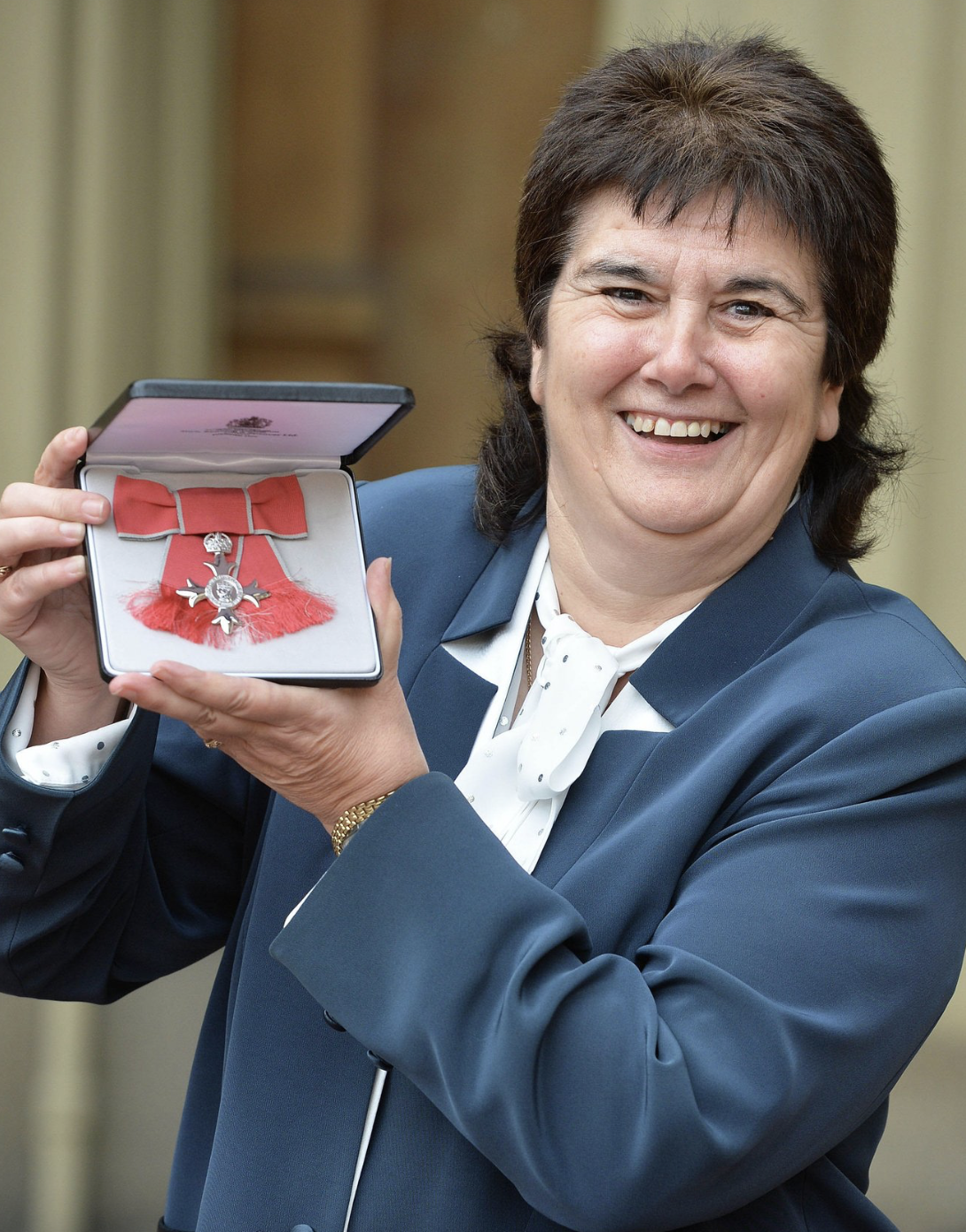This Winter transfer window marked a a historic milestone in women’s football, with Naomi Girma’s transfer to Chelsea FC for $1.1 million in January 2025, making her the most expensive player in the sport’s history.
Naomi Girma’s Record-Breaking Transfer
In addition to setting a new record for women’s football, Girma’s transfer from San Diego Wave FC to Chelsea FC highlighted the sport’s rapid growth and rising financial investments. At the young age of 24, Girma has played a significant role both for her club and the USWNT, winning awards like NWSL Defender of the Year twice, helping her squad win the 2023 NWSL Shield and winning the olympic gold medal with the USWNT.
The Evolution of Transfer Fees in Women’s Football
The trajectory of transfer fees in women’s football has been trending upwards, which is indicative of the sport’s growing commercial appeal and popularity. Prior to Girma’s record, several noteworthy transfers included:
- Racheal Kundananji: Moved from Madrid CFF to Bay FC for approximately €805,000 in February 2024.
- Mayra Ramirez: Joined Chelsea from Levante for €526,000 to help strengthen the English champions front line, in January 2024.
- Keira Walsh: Transferred from Manchester City to Barcelona for around €470,000 in 2022.
These statistics illustrate the escalating financial stakes within women’s football, with clubs increasingly willing to invest substantial sums to secure top talent. However within recent times we are seeing this only benefitting the top clubs such as Chelsea, Arsenal and Manchester City, consequently creating a bigger gap between the top and lower clubs.
Implications for the Women’s Football Landscape
Girma’s record transfer fee signifies a pivotal moment for women’s football, indicating a shift towards greater financial recognition and investment. This development is expected to:
- Attract Increased Investment: The substantial fee may encourage more investors and sponsors to engage with women’s football, recognising its growing commercial potential. We are seeing more diversity within nationalities throughout the different leagues therefore attracting more sponsors, investors and spectators from around the world.
- Competitive Balance: While larger clubs may have the financial capacity to make such investments, it could also prompt smaller clubs to seek innovative ways to compete, potentially leading to a more dynamic and competitive league structure. However as mentioned before with bigger clubs being able to attract star players by offering higher wages, better facilities, and more lucrative sponsorship deals, this can leave the ‘smaller clubs’ with fewer resources to be able to compete at the same level. Furthermore becoming a challenge for lower-tier clubs to maintain a competitive edge, potentially leading to predictable outcomes in leagues, where we may see the same elite teams dominate year after year.
- Elevate Player Valuation: As transfer fees rise, players’ market values are likely to increase, reflecting their importance and the financial stakes involved.
In summary, Naomi Girma’s record-breaking transfer to Chelsea FC not only sets a new benchmark for transfer fees in women’s football but also signals a broader trend of increasing financial investment and recognition in the sport.
Photo – https://edition.cnn.com/2025/01/27/sport/naomi-girma-signs-chelsea-spt-intl/index.html



